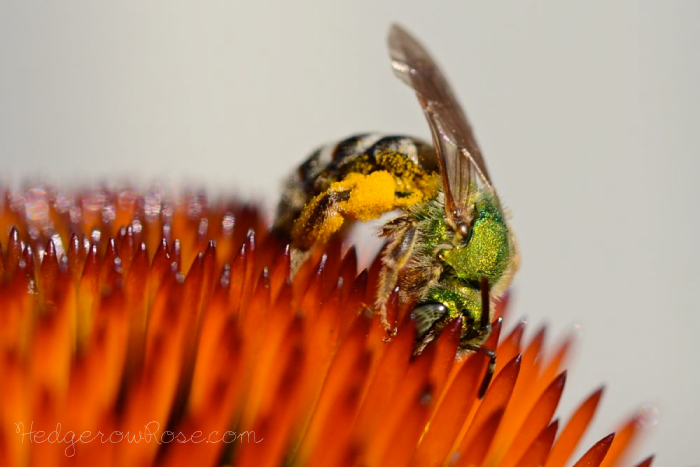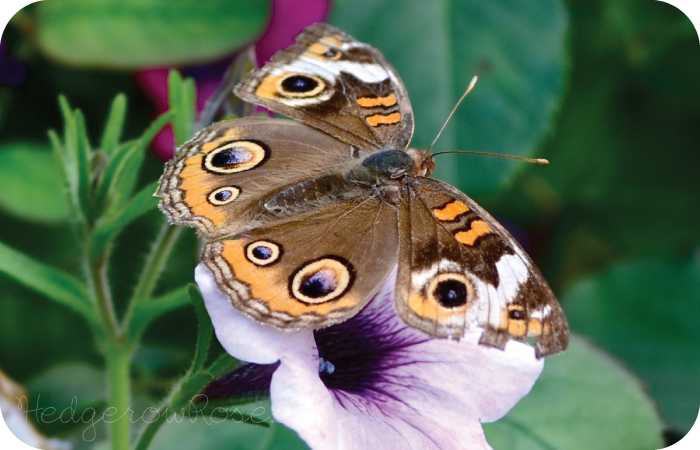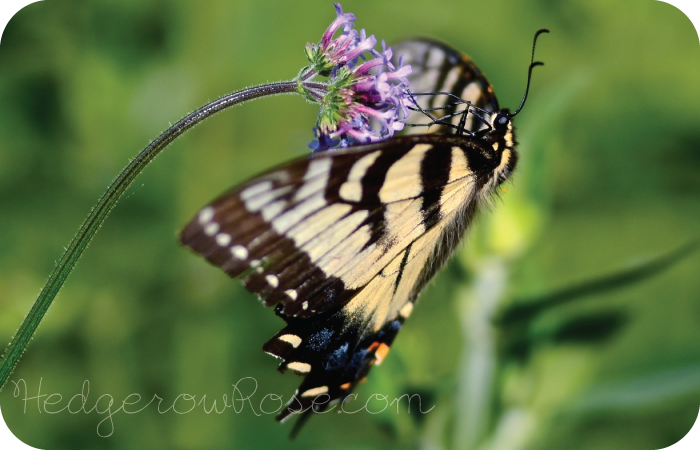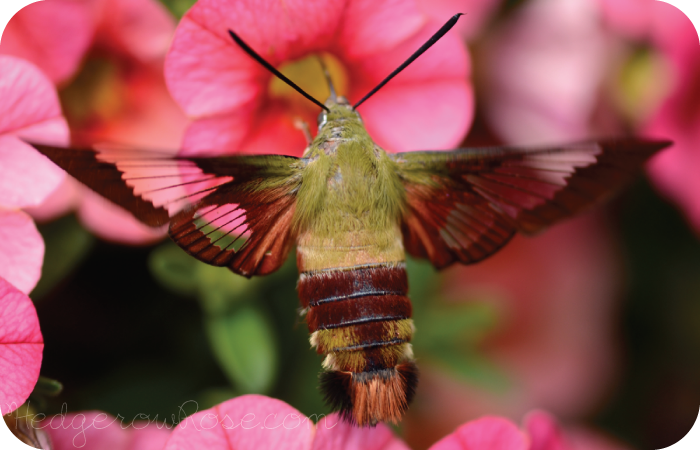Attracting Eastern Tiger Swallowtail Butterflies to Your Garden
Papilio glaucus and Echinacea purpurea
Eastern Tiger Swallowtail Butterflies, Papilio glaucus, or yellow swallowtails as I call them for short, are a common sight in our summer garden here in Central PA, Eastern North America, and parts of Canada. Similar to size and shape of a monarch butterfly, they are recognizable for their tiger-like color bands and long “tails” like that of a barn swallow bird. Bright yellow, and with a wingspan of about 3-5″, they are hard to miss when fluttering around sturdy, nectar producing plants such as these purple coneflowers.
 The Eastern Tiger Swallowtail was recently divided into 3 subspecies: the Canadian Tiger Swallowtail (Papilio canadensis), the Eastern Tiger Swallowtail, and the Appalachian Tiger Swallowtail (Papilio appalachiensis).
The Eastern Tiger Swallowtail was recently divided into 3 subspecies: the Canadian Tiger Swallowtail (Papilio canadensis), the Eastern Tiger Swallowtail, and the Appalachian Tiger Swallowtail (Papilio appalachiensis).
Yellow swallowtails produce approximately 3 broods a year, preferring host plants such as: Liriodendron tulipifera (tulip poplars), Acer rubrum (red maples), Prunus serotina (wild black cherry), and types of Salix (willows). To encourage Eastern Tiger Swallowtail Butterflies to your garden, provide these host plants as well as nectar producing plants (preferably those that are pink or purple) for the adults such as: Echinacea (coneflower), Pentas, Verbena, Asclepias (butterfly weed), and Buddleia (butterfly bush).
 For more information about these lovely butterflies, I really like this site HERE.
For more information about these lovely butterflies, I really like this site HERE.
Identifying the sexes can be tricky with Eastern Tiger Swallowtails, as both male and female tiger swallowtails have similar yellow with black stripes markings. However females can be identified by a more prominent row of iridescent blue scales along their hindwings (there is another female form which is predominantly black).







I am trying to attract more butterflies to my garden, I planted a butterfly week and dill to hopefully get some but so far all I got is slugs….
I meant weed lol plus I just got them in 3-4″ pots so maybe next year I can get some butterflies
Haha! I understand. You know, it’s funny because we planted some milkweed last summer after becoming enamored with it at the Pollinator’s Garden, but not weeks after it was in the ground it was covered in milkweed beetles. Ick! I hope we don’t have the same problem this year…